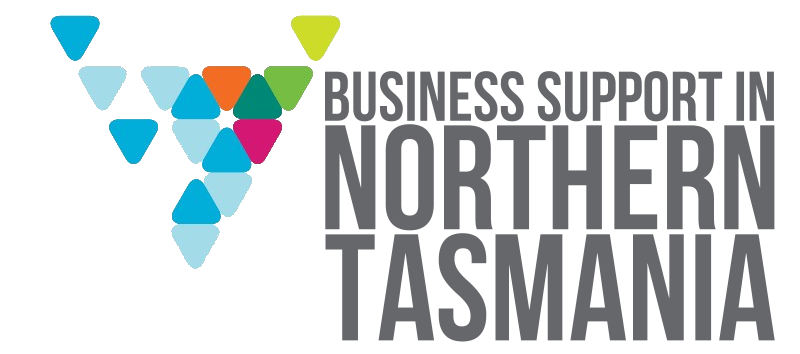As we recognise that finance and funding is crucial for businesses to grow, one of our key actions within Northern Tasmania Development Corporation is looking into helping businesses and entrepreneurs in our region access finance and funding for their current and/or new businesses. While we are actively engaging with stakeholders and making the process easier for all involved, below are some options to consider around looking for funding or finance for your current business.
Options for Start-Up Funding:
- Personal Savings – most common source of funding.
- Family and Friends – are a common source of assisting a new start-up in the early stages.
- Commercial Bank Funds – bricks and mortar assets (in either residential or commercial property) is required to access an ‘overdraft’ – and this commercial type facility at a bank is usually capped at 80% and 65% of the value of the asset respectively.
- Angel Investor Funds – provide small amount of funds ($25,000 to $100,000 for example) once options 1 and 2 are exhausted. The Angel Investor usually spreads their portfolio between 20 to 30 start-up businesses, and the tech sector is most commonly targeted as the opportunity for a major business disruptor is possible with large ROI. They also require 20-40% equity in the business, and depending on the investor may invest their own expertise into the business and mentor the Founder. Angel investor funds are often made up of members are typically active or semi-retired senior business executives who, apart from financial input, can deliver value to portfolio companies through:
- management mentoring drawn from their own hands-on management experience;
- valuable introductions through their high level business networks;
- strategic guidance refined by their collective insights; and
- the fundamental benefit of sharing lessons learned from mistakes already made.
- Social Impact Funds – for social enterprises or enterprises with ‘a purpose’ may be able to access social impact loans or equity funding.
- Crowdfunding – involves raising funds from large numbers of people. Funds can be considered as donations, loans or investments. Typically, crowdfunding works by “backers” contributing a fixed amount of cash to the business, idea or project, for which they may receive a reward. With crowdfunding, however, this reward typically doesn’t include equity or ownership of the company.
- Microloans (or microfinancing) – consist of small loans given to entrepreneurs who have little to no collateral. Microloans sometimes have restrictions on what you can spend the money on, but they typically cover operational costs and working capital, or things like equipment, furniture and supplies. See the NILS Program above.
Additional Options for SME’s Expanding
- Partnerships – where a partner buys into a business to deliver capital for expansion and potentially skills and expertise relevant to the business proposition.
- Venture Capitalists – often manage a ‘Tech Fund’ and fairly specific about what they will invest in – and usually larger amounts for a good portion of the equity in the growing business.
- Employee Contributions – may also be an option whereby employees work for less than market rate for a set time and take a small proportion of equity in the organisation.
- Grant Funding – for specific programs such as Accelerating Commercialisation Grants, or jobs growth programs etc. These grants often a labour intensive to develop, are often merit-based, and require at least 50% contributions by the business.
- Mezzanine Finance – is a hybrid of debt and equity financing that gives the lender the rights to convert to an ownership or equity interest in the company in case of default, after venture capital companies and other senior lenders are paid.
As already outlined, this is a key strategy of Northern Tasmania Development Corporation, so keep checking back on this page to see any updates or further information.
